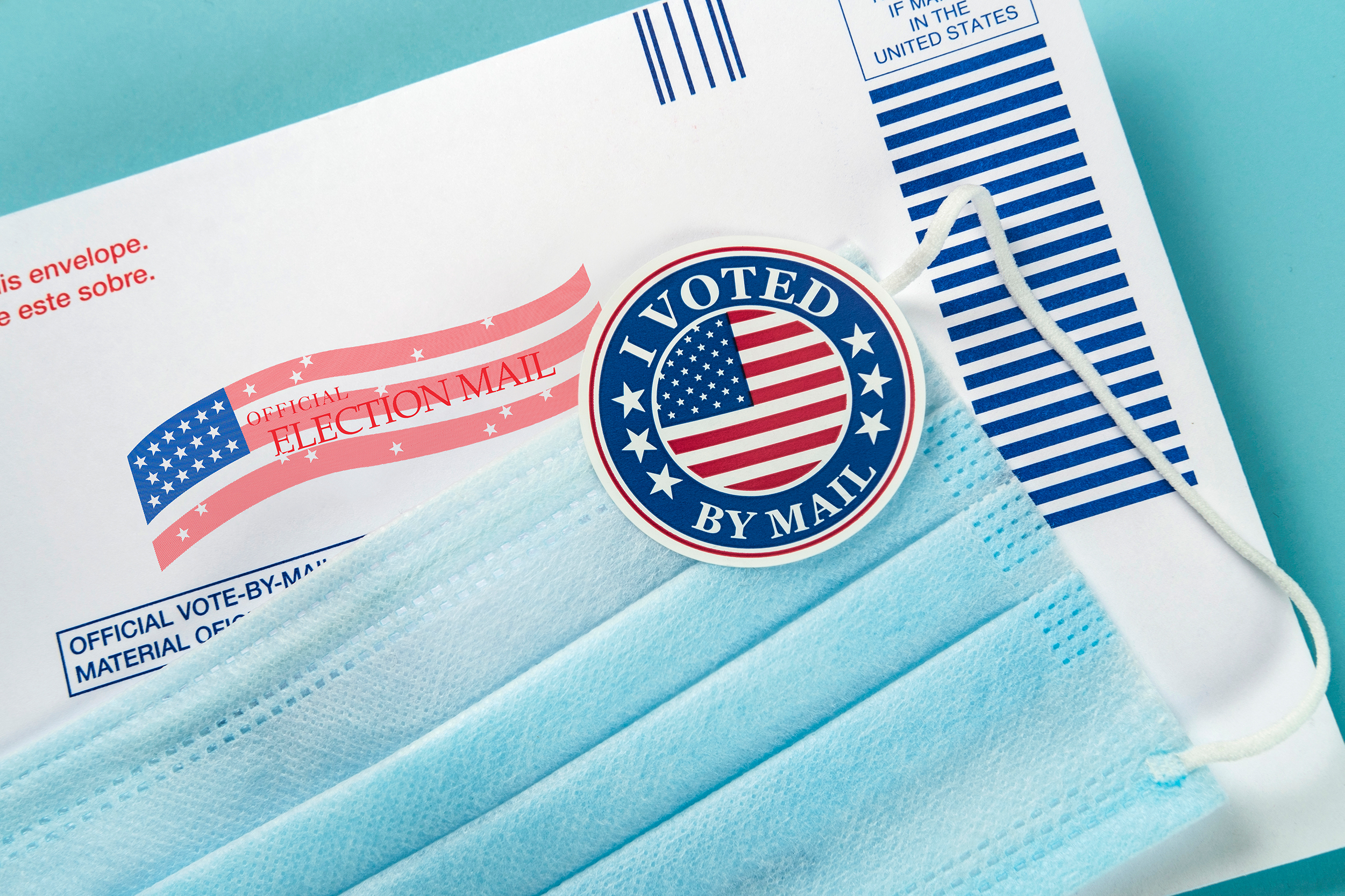Connected TV Connects With Voters During COVID
Internet-linked TV could help candidates pivot to digital during a disrupted campaign

Conversations are happening in meetings with every political advertiser about what it will take to generate a winning outcome this election cycle. While these sorts of talks are nothing new, they are happening during unprecedented circumstances.
The pandemic has thrown a proverbial wrench in the campaign strategies for candidates. Amid the public health emergency, COVID-19 has forced political advertisers to accelerate the adoption of digital channels. Not only is the greater adoption of digital channels necessary for advertisers to make up for lost opportunities to connect with voters in-person through rallies and canvassing, but it is inevitable as content consumption on digital channels rises.

Political advertisers have a handle on some digital channels, and there are other channels they are just starting to figure out. One of those channels (which also turns out to be surging 60% since the COVID-19 outbreak) is connected TV — internet-
connected TV sets or devices.
When CTV first entered the media landscape, advertisers were concerned that it lacked scale. Fast forward a few years and, today, reach through CTV is extensive thanks to the growing number of publishers and massive adoption of streaming. CTV viewers are looking more and more like linear TV viewers and are expected to climb to over 200 million viewers, or 60% of the population by the end of 2020, per Extreme Reach.
While political advertisers are still investing heavily in linear TV, it’s no longer a surefire way to reach voters — especially young voters, who are expected to break turnout records. A strategy to reach the 61% of young voters who have “cut the cord” relies squarely on digital channels like social, display, video and now CTV.
Yes, there is a mix of digital channels political advertisers can use to reach
voters, but let’s take a look at why CTV is poised to make a significant impact on the effectiveness of political advertising campaigns in 2020.
CTV rides on the coattails of TV, the most trusted media channel: There is a lot of mistrust in political advertising, especially on digital channels. With growing concerns over fake news, advertisers can reach voters while streaming TV with the same level of targeting expected from display or social, but in a more trustworthy environment.
CTV upholds the element of storytelling: Storytelling is the key to effective advertising. For political advertisers, storytelling is a critical component of changing voter opinions and conveying how a policy will impact voters personally. Political advertisers investing in linear TV can benefit from extended reach to “cord-cutter” and “cord-never” audiences while upholding the integrity of stories and messaging best suited for longer-form video formats.
CTV is low(er) cost: Unlike other categories where ad spend has dipped, political ad spending in 2020 is booming and expected to hit $6.7 billion, according to a May joint report from Advertising Analytics and Cross Screen Media. But that doesn’t mean political advertisers aren’t trying to do more with more, or, in some cases, more with less. With CPMs as low as $20, CTV investments are a fraction of the cost of linear TV investments where you can expect to pay CPMs of over $50.
CTV extends omnichannel reach: Here’s the thing. While cost savings are an essential factor for advertisers, it all comes down to the ability for political advertisers to reach more eligible voters. CTV advertisers are getting access to audiences and targeting capabilities that are simply not available through linear TV.
Political advertisers can apply cross-device targeting tactics to reach voters with sequential messaging, use look-alike targeting to reach high propensity voters, and apply geolocation data to heavy up regions that are politically divided lean towards a specific political party. And the targeting capabilities don’t end there.
This is not the political year advertisers expected, but the shift towards more digital channels, like CTV, is a sea change that’s been a long time coming. The threat of cord-cutting and political ad bans on social platforms like Facebook have challenged political advertisers to get creative and embrace emerging channels with a new sense of urgency. Although not yet perfect (ahem, measurement and fraud protection), CTV has come a long way in the past five years to bring advertisers closer to their audience. And if you’re a political advertiser looking to advance on the political battleground, there is no better time than now to make a move on CTV. λ
Multichannel Newsletter
The smarter way to stay on top of the multichannel video marketplace. Sign up below.
